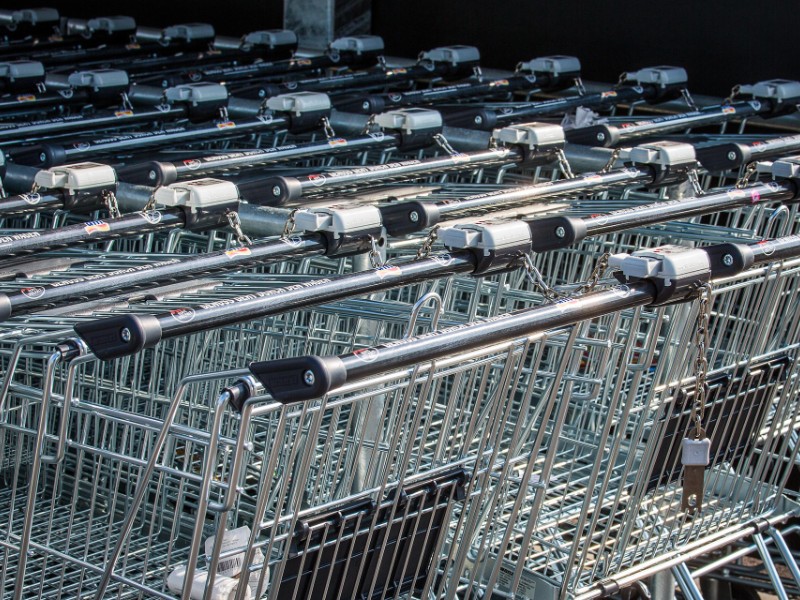
Rising hospitality and food costs push Isle of Man’s inflation slightly higher, despite falls in energy and fuel prices
The Isle of Man’s inflation rate rose to 2.8 percent last month (July), up slightly from 2.6 percent the month before, according to new figures published by Statistics Isle of Man.
Inflation is the rate at which prices for goods and services rise over time, reflecting the cost of living, and is commonly tracked by using indices such as the ‘Consumer Prices Index’ (CPI) and Retail Prices Index (RPI).
A rising inflation rate means the average household’s money buys less than it did a year ago.
Main drivers of price increases
The highest contributor to inflation was the ‘restaurants and hotels’ category, which saw an average price increase of 7.9 percent over the past 12-months. Within this group, the cost of wines and spirits purchased on licensed premises rose by 8.8 percent, while catering services rose by 8.2 percent.
The second-largest increase came from alcohol and tobacco products, with prices up 5.3 percent. Tobacco alone saw a notable rise of 7.4 percent compared with July 2024.
Food and non-alcoholic beverages were the third-biggest contributors to the inflation figure, with an overall rise of 4.6 percent. Items such as beef (up 11.6 percent), poultry (up 9.6 percent), and coffee and other hot drinks (up 11.1 percent) drove much of this increase.
Rises and offsets
Transport costs increased by 2.5 percent, primarily due to air travel, which rose by 15.3 percent. Meanwhile, education costs were up three percent, with pre-school fees increasing by 7.2 percent.
Housing, water, electricity, gas and other fuels rose by a modest 1.3 percent, despite reductions in some utility costs.
Oil and other fuels fell by 12.3 percent. Gas declined by eight percent, and petrol dropped by 8.2 percent.
One category, ‘Miscellaneous Goods and Services’, decreased by 2.7 percent, the only group to post a negative contribution to inflation across a 12-month period.
The indexes
CPI measures the average change in prices paid by consumers for a fixed ‘basket’ of goods and services over time. This basket is compiled based on typical household spending patterns and is reviewed periodically to reflect changing consumption habits. It includes over 1,000 price points across 500 products.
In contrast, the RPI also measures inflation but uses a different calculation method and includes housing costs such as mortgage interest payments, which CPI does not.
In July, RPI stood at 2.2 percent, slightly up from two percent in June.
RPI snapshot
Fares and other travel costs showed the largest annual increase, at 10.8 percent. Catering increased by 8.1 percent and tobacco rose by 8.2 percent.
However, RPI data also highlighted declines in fuel and light (down 5.9 percent), leisure goods (down eight percent), and ‘motoring expenditure’ (down 3.3 percent).
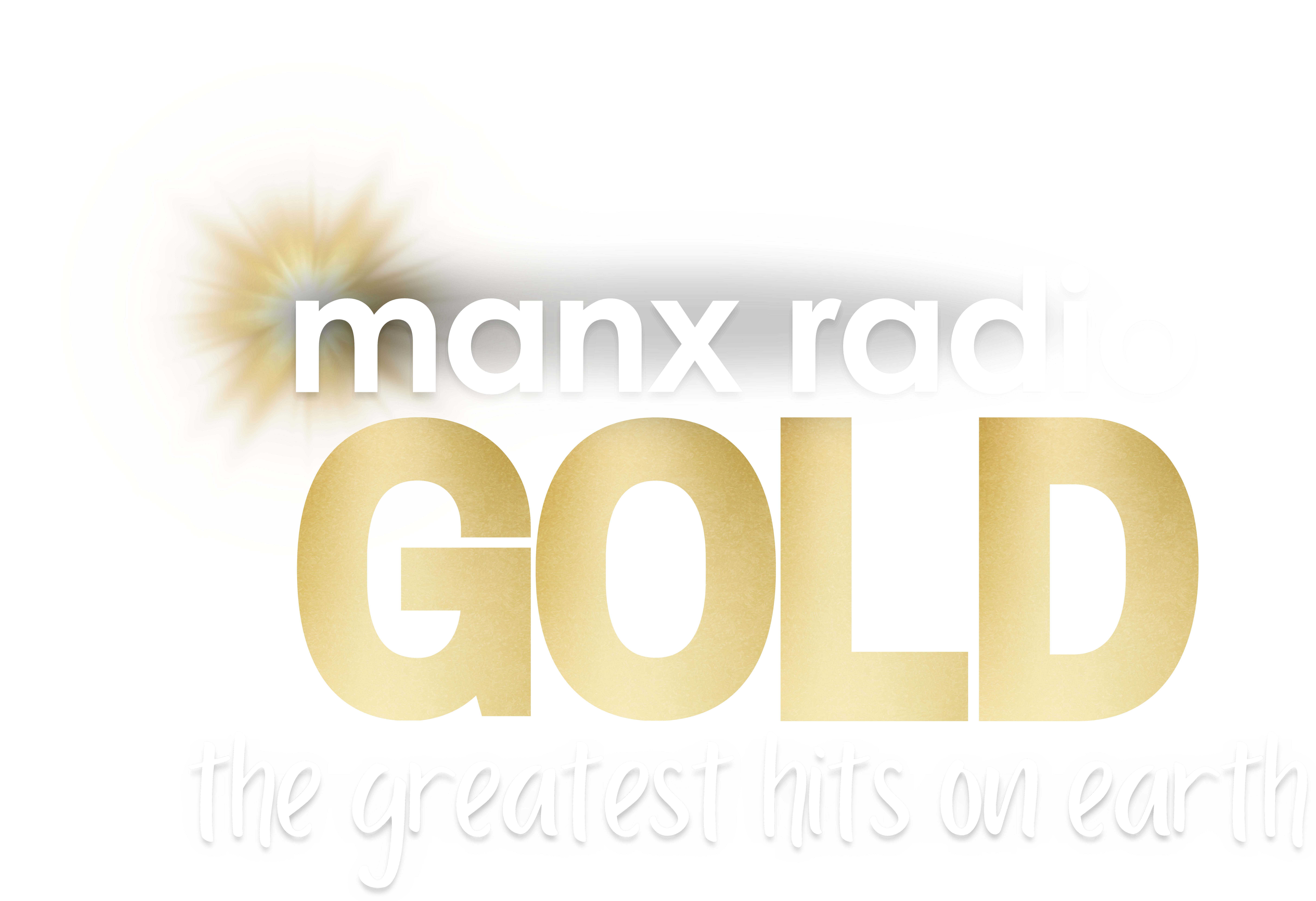
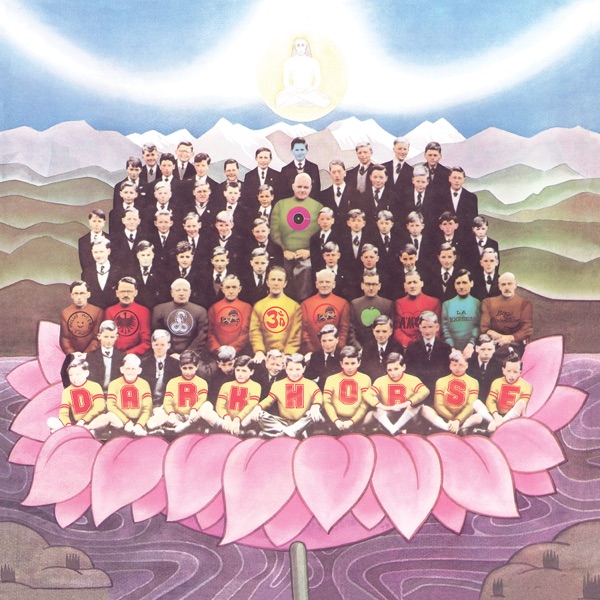
 Michelle Mone-linked PPE firm liquidated and unlikely to repay £148m
Michelle Mone-linked PPE firm liquidated and unlikely to repay £148m
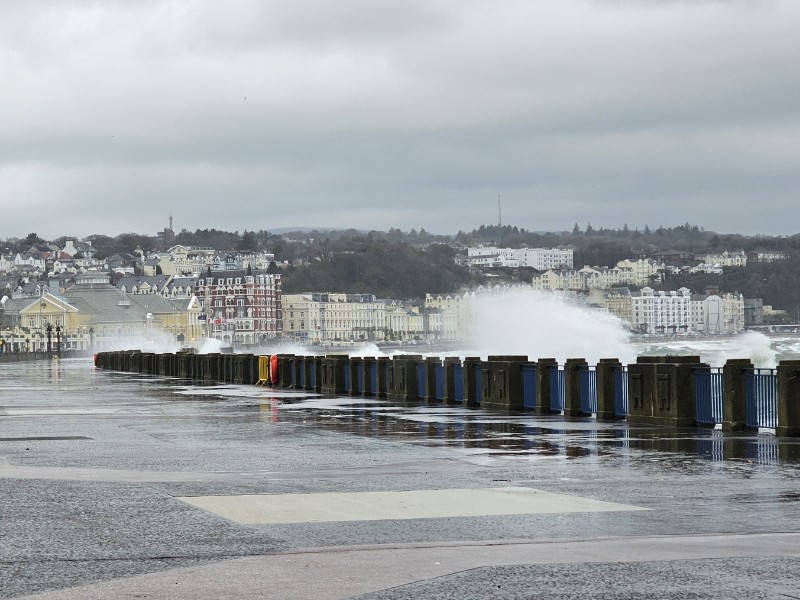 Yellow weather warning for coastal overtopping
Yellow weather warning for coastal overtopping
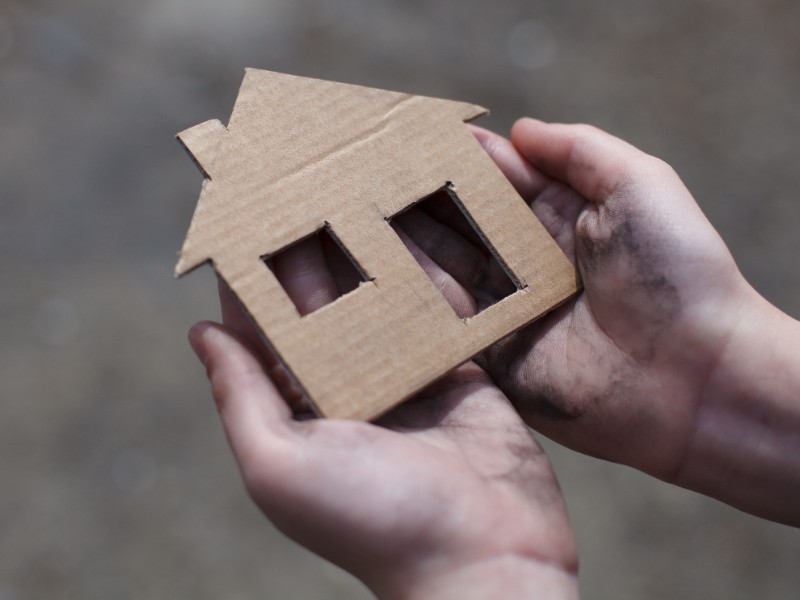 Proposed new laws would support homeless people on the Isle of Man
Proposed new laws would support homeless people on the Isle of Man
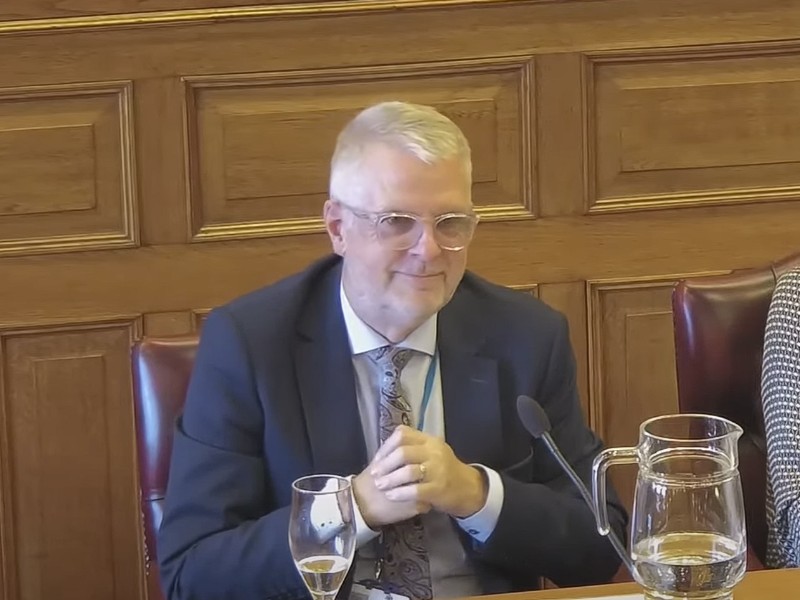 DESC chief officer to retire in 2026
DESC chief officer to retire in 2026